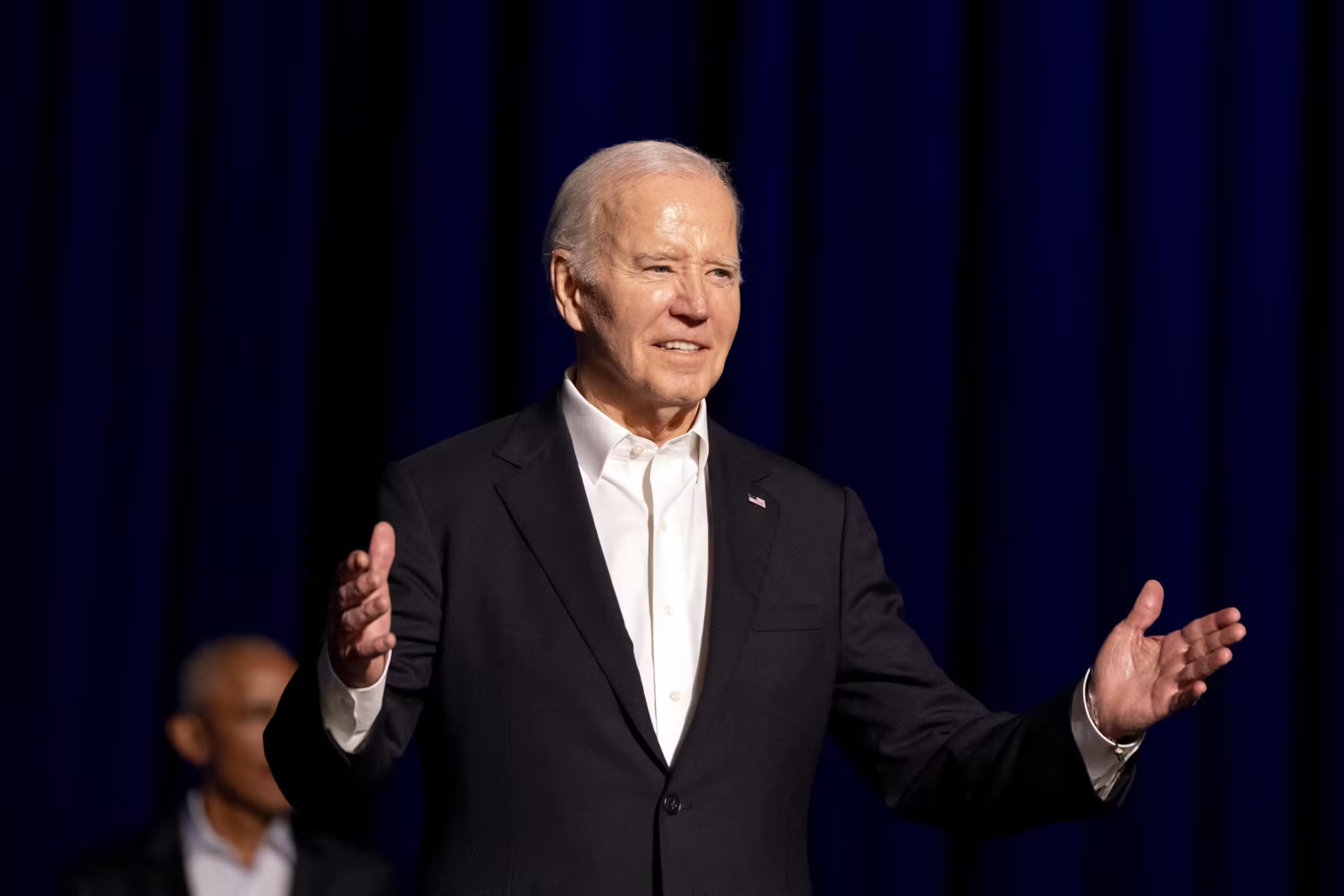In a recent address at the Economic Club of Pittsburgh, Vice President Kamala Harris outlined her vision for an economy that balances the interests of businesses with the needs of the middle class, directly countering Republican nominee Donald Trump’s assertions that her proposals lean towards “communist” ideologies. Harris stressed her dedication to fairness and opportunity, pledging to double the number of registered apprenticeships and promote home ownership as key components of her economic agenda.
Harris framed her approach as pragmatic, declaring, “As president, I will be grounded in my fundamental values of fairness, dignity, and opportunity.” She indicated her openness to adopting effective ideas from various sources to stimulate economic growth and stability.
In contrast, Trump presented his economic strategy during a visit to North Carolina, advocating for reduced tax rates for U.S. manufacturers and proposing tariffs designed to diminish foreign competition. He suggested that such tariffs could lead to an “exodus” of auto jobs from countries like Japan and Germany.
As both candidates refine their economic messages to appeal to voters in battleground states, they focus on the pressing economic concerns highlighted in recent polls. Harris criticized Trump’s tariff proposals, labeling them a “national sales tax,” and cautioned that they could significantly raise costs for American families.
Reiterating her commitment to raising corporate tax rates, Harris proposed increasing the rate from 21% to 28% and taxing unrealized capital gains for individuals with wealth exceeding $100 million. She argued that the revenue generated would help sustain middle-class tax cuts set to expire after 2025 and provide additional tax benefits for parents and entrepreneurs.
Harris’s campaign has garnered support from influential business leaders, including billionaire Mark Cuban, who commended her thoughtful approach to economic policy. Cuban emphasized the importance of having a president with a knowledgeable policy team capable of understanding the implications of proposed initiatives.
Harris’s plan includes approximately $100 billion in tax breaks and incentives aimed at enhancing U.S. manufacturing and emerging technologies. She has also laid out strategies to streamline regulatory processes to accelerate job creation and improve America’s competitive edge.
The contrasting economic visions presented by the two candidates highlight a significant divide in their approaches. Trump positions himself as a populist, advocating for a combination of tax cuts and tariffs, while Harris emphasizes a collaborative relationship between government and the private sector. She critiques Trump’s focus on personal gain, suggesting he prioritizes his own interests over the well-being of the middle class.
As both candidates prepare for the upcoming election, their competing economic visions underscore a critical aspect of their campaigns, resonating with voters who remain concerned about economic stability and growth in today’s climate.



